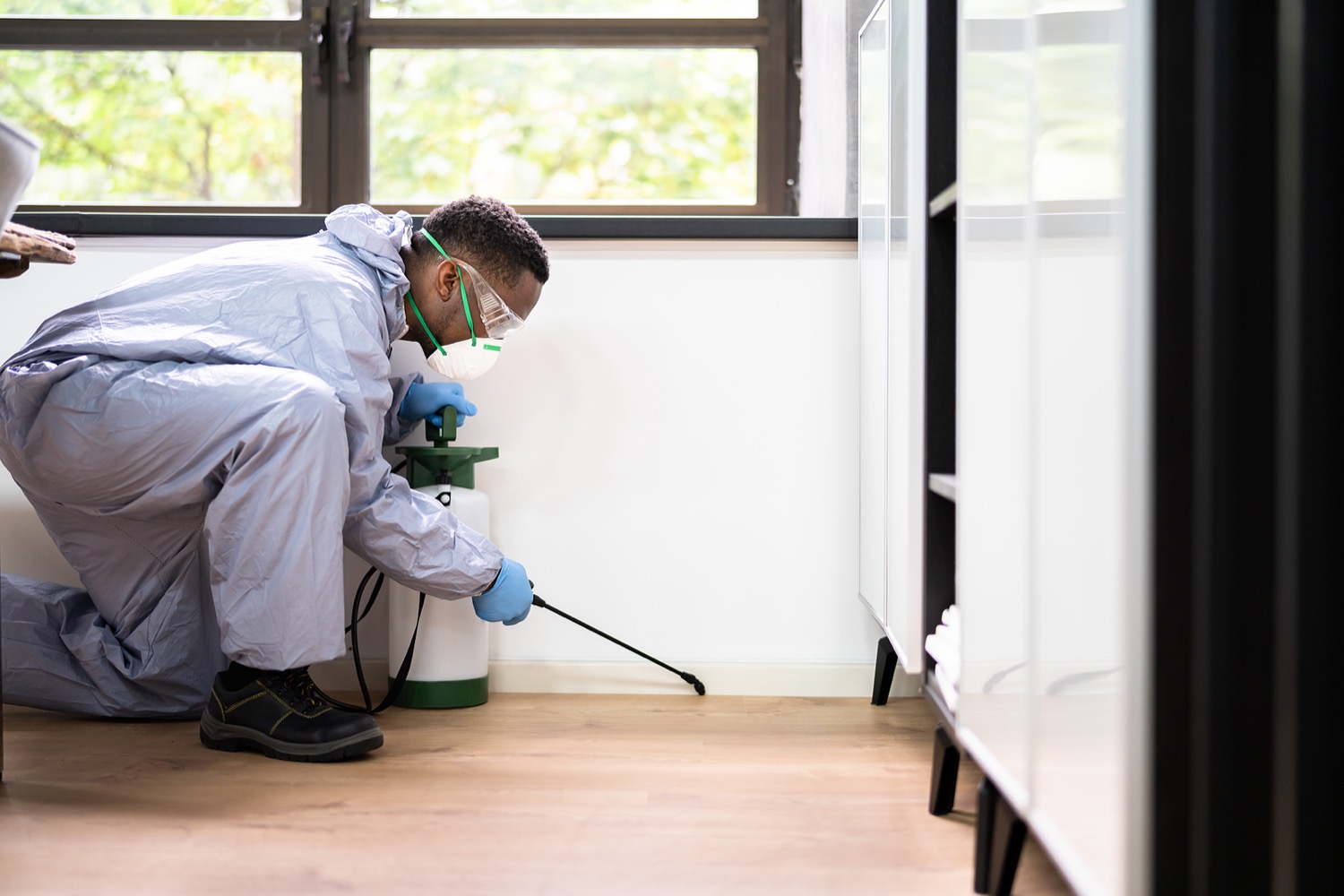Quality A1 Pest Control Services Charlotte - Safeguard Your Home
Quality A1 Pest Control Services Charlotte - Safeguard Your Home
Blog Article
Bed Bug Therapy Failure: Comparing Chemical Vs. Non-Chemical Solutions
In the world of parasite control, particularly when dealing with the relentless issue of bed pests, the choice in between chemical and non-chemical therapy solutions can be an essential one. Both strategies offer unique benefits and downsides, influencing aspects such as performance, security factors to consider, and overall price. By checking out the nuanced information of each method, a more clear understanding of which path to pursue in resolving a bed insect problem can be obtained.
Performance of Chemical Therapies
Chemical treatments for bed pest invasions have been extensively identified for their fast and potent efficiency in getting rid of these parasites. When taking into consideration the efficiency of chemical treatments, it is important to recognize that they can provide a thorough and quick service to a bed pest issue.
Furthermore, chemical therapies have the advantage of supplying residual results, implying that they can proceed to get rid of bed bugs also after the initial application. This residual activity is specifically beneficial in combating any kind of possible re-infestations. Furthermore, the rapid action of chemical therapies can bring alleviation to individuals facing severe bed pest infestations, permitting them to reclaim control of their space swiftly.
Safety And Security Concerns With Chemical Solutions
One crucial facet that calls for cautious consideration when using chemical solutions for bed bug treatment is guaranteeing the safety and security of occupants and the environment. Direct exposure to certain chemicals made use of in bed insect therapies can lead to breathing issues, skin inflammation, or various other negative reactions, specifically in individuals with pre-existing problems or sensitivities.
Furthermore, the ecological impact of chemical services is one more substantial consideration. Some chemicals used in bed pest therapies might be harmful to helpful bugs, wild animals, and ecosystems if they leach right into the soil or water supply. It is important to utilize chemical treatments judiciously, following security standards, and thinking about much less hazardous choices to reduce these threats and ensure the risk-free and effective monitoring of bed pest invasions.
Benefits of Non-Chemical Techniques
Considering the prospective safety issues and environmental impact linked with chemical options for bed insect treatment, checking out non-chemical methods provides a promising choice with a number of unique advantages. Non-chemical therapies are ecologically friendly, as they do not contribute to air or water pollution, making them a sustainable selection for pest control.
In addition, non-chemical solutions can be effective in targeting bed bugs, including hard-to-reach locations where chemical treatments may not penetrate. Techniques such as warm therapy, vacuuming, vapor cleansing, and cushion coverings supply thorough obliteration without making use of damaging chemicals. Additionally, non-chemical approaches can be much less disruptive, requiring minimal preparation and permitting for quicker reentry into treated locations. Overall, choosing for non-chemical bed insect therapy methods not just focuses on safety and environmental management but likewise ensures comprehensive and reliable pest control.
Limitations of Non-Chemical Treatments

Additionally, non-chemical treatments often require numerous applications to achieve successful eradication. This can be taxing and may not constantly ensure complete elimination of all bed insects and their eggs, specifically in hard-to-reach or hidden places.
In addition, the success of non-chemical treatments heavily depends on appropriate application and thoroughness, which can be testing for individuals without specialist competence. Inadequate application of non-chemical techniques might cause incomplete eradication, leading to persistent infestations and the need for additional treatments.
For that reason, while non-chemical treatments have their advantages, it is necessary to recognize these restrictions and consider them when establishing one of the most electronic pest repeller reliable strategy for taking care of bed bug problems.
Cost Comparison: Chemical Vs. Non-Chemical Options
Given the restrictions associated with non-chemical treatments, an important facet to evaluate in the context of bed insect monitoring is the cost contrast in between chemical and non-chemical options. In contrast, non-chemical therapies like heat treatment or vapor can be much more pricey, with expenses ranging from $1,000 to $6,000 for a whole home. While the initial price of chemical treatments might seem reduced, multiple treatments might be called for to fully remove the problem, possibly boosting the general expense.
Verdict

Considering the prospective safety problems and ecological effect associated with chemical remedies for bed insect treatment, discovering non-chemical strategies offers an encouraging choice with several distinctive advantages.Given the restrictions linked with non-chemical treatments, an important element to review in the context of bed bug administration is the price contrast in between chemical and non-chemical options. In comparison, non-chemical treatments like warmth treatment or vapor can be a lot more expensive, with prices varying from $1,000 to $6,000 for an entire home. While the initial expense of chemical therapies may seem lower, numerous therapies may be needed to completely eliminate the invasion, possibly raising the overall cost.In final thought, when that site contrasting chemical and non-chemical bed pest treatment choices, it is necessary to take into consideration performance, security, benefits, limitations, and cost.
Report this page